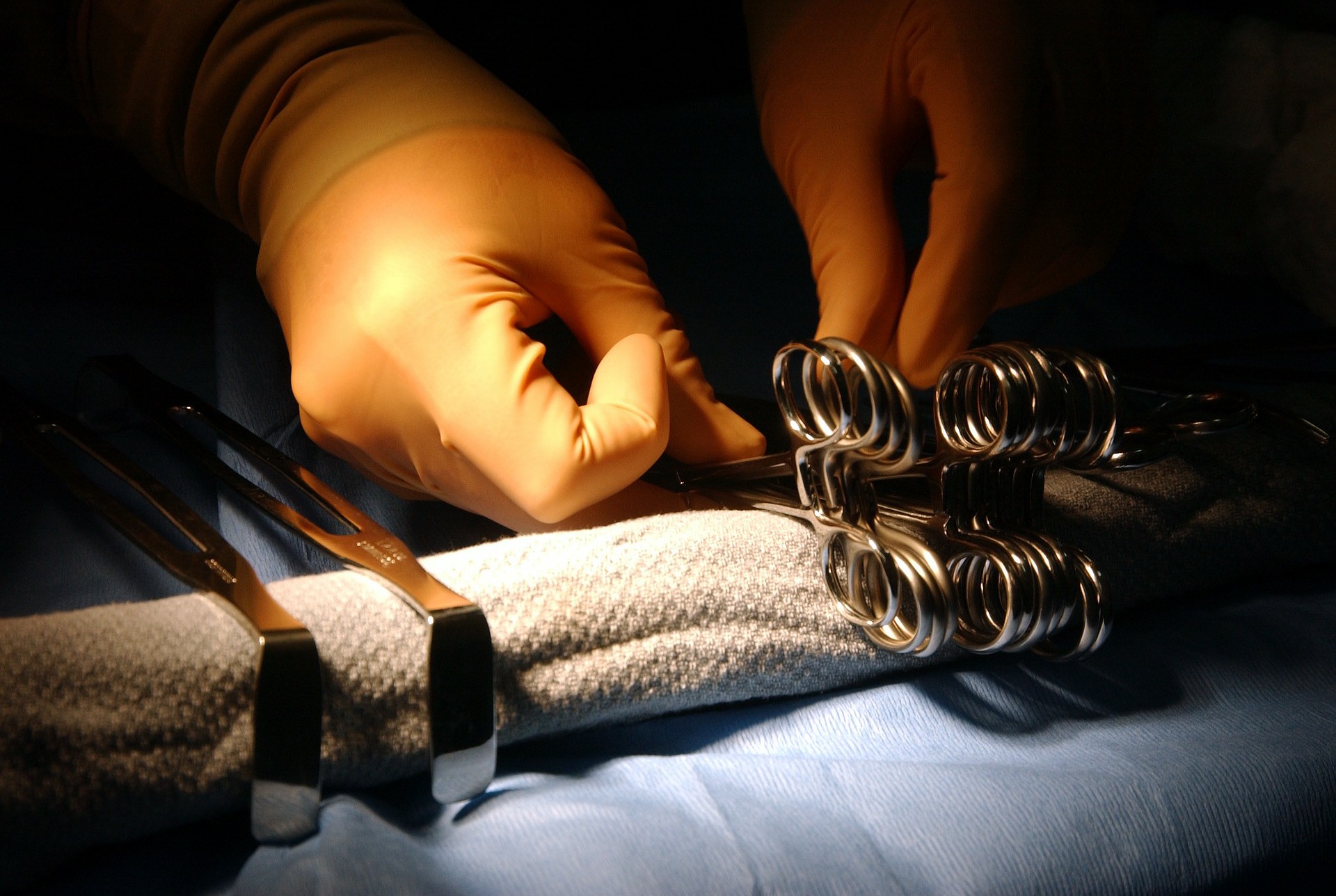Psychological Readiness to Return to Sport at 6 Months Is Greater After Bridge-Enhanced ACL Restoration Than Autograft ACL Reconstruction: Outcomes of a Potential Randomized Medical Trial
Sanborn RM, Badger GJ; BEAR Trial Staff, Yen YM, Murray MM, Christino MA, Proffen B, Sant N, Barnett S, Fleming BC, Kramer DE, Micheli LJ. Orthop J Sports activities Med. 2022 Feb 9;10(2):23259671211070542. PMID: 35155707
Full Textual content Freely Obtainable
Take-Dwelling Message
Individuals that obtained the bridge-enhanced anterior cruciate ligament (ACL) restoration (BEAR) reported greater ranges of psychological readiness to return to exercise than those who underwent ACL reconstruction (ACLR).
Background
Return to pre-injury exercise is taken into account a major purpose of an anterior cruciate ligament reconstruction (ACLR). Sadly, many sufferers by no means meet their expectations about returning to pre-injury exercise ranges. Psychological components similar to insecurity and worry of re-injury play a job in a affected person’s capability to really feel ready to return to play. Moreover, a standard ACLR requires a graft harvest, adversely affecting energy, vary of movement, and ache. BEAR is a brand new method that makes use of a collagen scaffold as an alternative of a graft to restore the ACL. A affected person might get better energy quicker after a BEAR than conventional ACLR. Nevertheless, whether or not sufferers expertise a quicker psychological restoration after BEAR than conventional ACLR is unknown.
Examine Objective
Sanborn and colleagues carried out a secondary evaluation of a randomized medical trial to guage if members who obtained the BEAR process had higher psychological readiness to return to sport than members who underwent an ACLR. In addition they explored what components relate to psychological readiness to return to sport.
Strategies
The authors recruited 100 sufferers with an entire midsubstance ACL damage. They then randomized 65 members to obtain the BEAR process (37% feminine, ~17 years outdated) and 35 members to an autograft ACLR (26% feminine; 17years outdated; >90% had a quadrupled hamstring tendon autograft). Individuals have been assessed at 6, 12, and 24 months postoperatively with a number of end result measures, together with the ACL-Return to Sport after Damage (ACL-RSI) scale to measure psychological readiness.
Outcomes
Individuals who obtained the BEAR process reported higher psychological readiness scores at 6 months than those that obtained an ACLR (scores: 71 vs. 58), no matter intercourse. After 6-months, the teams had comparable psychological readiness scores. A participant who suffered a contact ACL damage, was youthful, and took part in a sport on the time of damage involving leaping, pivoting, and onerous chopping (e.g., soccer, basketball) tended to have greater psychological readiness at 6-months.
Viewpoints
At 6-months after surgical procedure, earlier investigators steered {that a} psychological readiness rating better than 60 or 65 factors pertains to an eventual return to pre-injury ranges of sports activities. On common, members who obtained the BEAR process had scores above this cut-point, whereas the common for these with an ACLR didn’t. It might have been useful to understand how many individuals in every group had scores above this cut-point. Nevertheless, the BEAR group doubtless had extra folks above this threshold. It will likely be attention-grabbing to see how these members do after being cleared to return to sport. The authors additionally discovered that youthful members and those that competed in sports activities with leaping and pivoting tended to have greater psychological readiness scores, which suggests these athletes could also be extra pushed to return.
Medical Implications
Medical professionals ought to concentrate on the rising proof supporting BEAR and that psychological readiness to return to play may be influenced by many components. Medical professionals ought to monitor psychological readiness, particularly amongst older athletes, these with a non-contact damage, and athletes in sports activities that don’t recurrently require leaping or pivoting.
Questions for Dialogue
What do you do to find out psychological readiness for return to play? Have you ever had any sufferers that obtained the BEAR process?
Associated Posts
- BEAR in Thoughts: There’s a New ACL Restore Method on the Block
- Does Intercourse Impression Psychological Readiness to Return to Sport After ACL
- Components Related With Psychological Readiness to Return to Sport After Anterior Cruciate Ligament Reconstruction Surgical procedure
Written by: Jane McDevitt
Reviewed by: Jeffrey Driban


